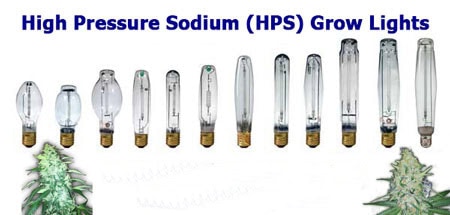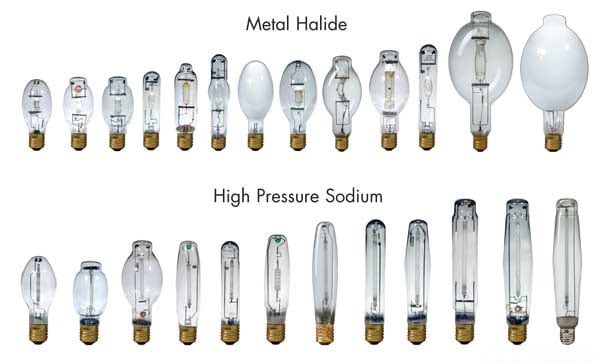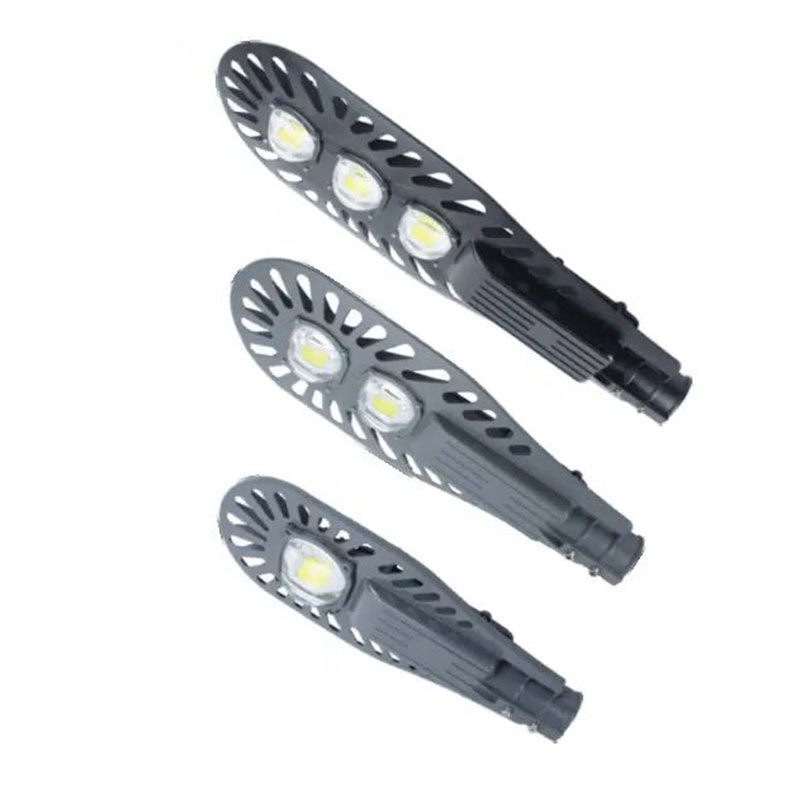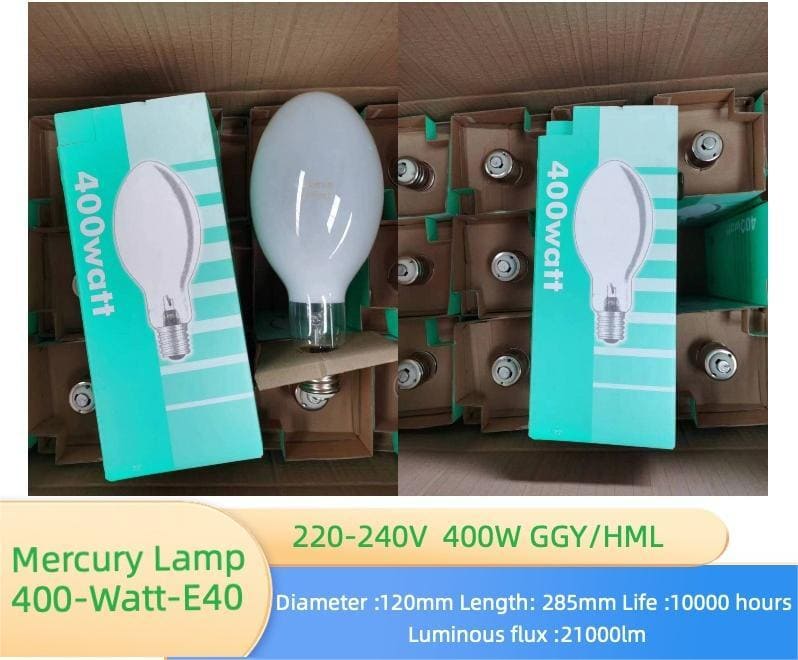Streetlights are critical to public safety, but choosing the right kind can be confusing because there are so many options. The answer is yes, sodium is a common element in street lighting. Specifically, you find it in high-pressure sodium (HPS) lamps, which make really bright light.
Yes, sodium is in street lights. You usually find it in high-pressure sodium (HPS) lamps. These are the ones that have that yellow-orange color and are very efficient.
Sodium lights have been the go-to for street lighting because they’re efficient and they work great. They’re slowly being replaced by things like LEDs.
What Metals Are Used in Street Lights?
Streetlights incorporate several types of metals depending on the type of lamp. High-pressure sodium (HPS) lamps, for example, use sodium metal, which is essential for generating light through an electrical discharge process.
Other metals, such as aluminum, are commonly used for the housing and reflective components due to their lightweight, durable, and corrosion-resistant properties. Mercury is also found in some older street lighting systems, particularly in mercury vapor lamps, though its use is being phased out due to environmental concerns.
Sodium and aluminum remain some of the most critical materials in the construction of traditional streetlights, ensuring both functionality and durability.
Are Sodium Street Lights Still Used?
Yes, sodium street lights are still in use today, particularly in older lighting systems. High-pressure sodium (HPS) lamps have been favored for decades due to their long lifespan, energy efficiency, and the warm yellow-orange light they produce, which is particularly effective in foggy or misty conditions. However, many cities are transitioning to LED street lighting, which offers even greater efficiency, longer lifespan, and better light quality.
While sodium lamps remain operational in many regions, the growing preference for LEDs is gradually reducing their prevalence.
What Elements Are in Street Lights?
In high-pressure sodium (HPS) lamps, sodium is the primary element used to produce light. When electricity excites the sodium atoms, they release energy in the form of visible light, which appears as a yellow-orange glow. In addition to sodium, some street lights contain mercury, especially older models that use mercury vapor technology. Phosphors are also used in some fluorescent street lights to help convert ultraviolet light into visible light.
The combination of these elements allows streetlights to produce bright, efficient lighting while maintaining a long operational lifespan.
Are LED Streetlights Better than Sodium?
LED streetlights are generally considered superior to sodium lamps for several reasons. LEDs are more energy-efficient, consuming less power while providing brighter, more natural light. They also have a significantly longer lifespan, often lasting up to 50,000 hours or more compared to the 24,000-hour lifespan of sodium lamps. Additionally, LED streetlights produce less light pollution as they provide better directional control, focusing light where it’s needed.
The growing adoption of LED streetlights is driven by their environmental benefits, cost savings, and improved visibility compared to sodium lamps.
Why Are Sodium Street Lights Yellow?
Sodium street lights emit a yellow light because of the sodium vapor used inside the lamp. When the sodium gas is excited by electricity, it emits light in the yellow-orange part of the visible spectrum. This specific wavelength of light is ideal for street lighting as it penetrates through fog and mist more effectively than other colors, providing better visibility in poor weather conditions.
The warm yellow glow of sodium lights has made them a reliable choice for outdoor lighting, though their color rendering is inferior to that of modern LED lighting.
What Are Most Street Lights Made Of?
Most street lights are made from durable materials like aluminum and steel, with the internal components often consisting of glass and metal. In high-pressure sodium (HPS) lamps, the glass bulb contains sodium vapor, which produces light when electrified. The lamp housing is typically made of aluminum due to its lightweight and corrosion-resistant properties, ensuring that the fixture remains functional in outdoor environments.
These materials provide the necessary durability to withstand harsh weather conditions while maintaining efficient lighting performance.
What Chemicals Are in Street Lights?
In addition to sodium, chemicals such as mercury and xenon gas are used in some types of street lights. Mercury is found in older mercury vapor lamps, which have largely been replaced due to environmental concerns. Xenon gas is often used to help initiate the lighting process in some high-intensity discharge (HID) lamps, including HPS lamps. Phosphors may also be present in certain types of lamps, such as fluorescent street lights, to convert ultraviolet light into visible light.
These chemicals are crucial for the operation of various types of street lights, contributing to the light production process in different ways.
Do Street Lights Have Mercury?
Yes, many older street lights, particularly those using mercury vapor lamps, contain mercury. Mercury is used to produce light through a process called electric discharge. However, due to the environmental hazards posed by mercury, these lamps are being phased out in favor of more eco-friendly lighting technologies, such as LEDs. Some high-pressure sodium lamps also contain small amounts of mercury, but their use is becoming less common as LED technology becomes more widespread.
Mercury-containing streetlights are still in use in some areas, but their presence is decreasing as part of global efforts to reduce mercury pollution.
Are Sodium Lamps Safe?
High-pressure sodium lamps are generally considered safe for everyday use, but they do contain small amounts of hazardous materials, including sodium and, in some cases, mercury. These materials are safely contained within the lamp during normal operation, but care should be taken during disposal to prevent environmental contamination. Proper recycling is essential to safely manage sodium lamps at the end of their lifecycle.
Overall, sodium lamps are safe when handled and disposed of correctly, though newer LED technologies offer a safer and more environmentally friendly alternative.
Why Use Sodium Lights?
Sodium lights are used primarily for their energy efficiency, long lifespan, and bright yellow light, which is ideal for outdoor and industrial applications. Their warm glow provides excellent visibility in foggy or misty conditions, making them well-suited for street lighting. Additionally, sodium lamps are relatively inexpensive to operate, contributing to their widespread use over the past several decades.
While sodium lamps are gradually being replaced by more modern lighting technologies, they remain a cost-effective option for many municipalities and industries.

What Is the Lifespan of a Sodium Lamp?
The typical lifespan of a high-pressure sodium lamp is around 24,000 hours, which is significantly longer than many other types of lighting. This long operational life has made sodium lamps a popular choice for street lighting, as they require less frequent replacement and maintenance. However, LED lights surpass sodium lamps in terms of longevity, often lasting up to 50,000 hours or more.
Despite their long lifespan, the energy savings and extended life of LEDs make them a more attractive option for modern lighting systems.
Final Words:
Yes, you do find sodium in streetlights. You find it in high-pressure sodium lamps. These are the ones that give off that yellow-orange light. They’re very efficient, but they’re slowly being replaced by LEDs because LEDs are even more efficient and better for the environment.





